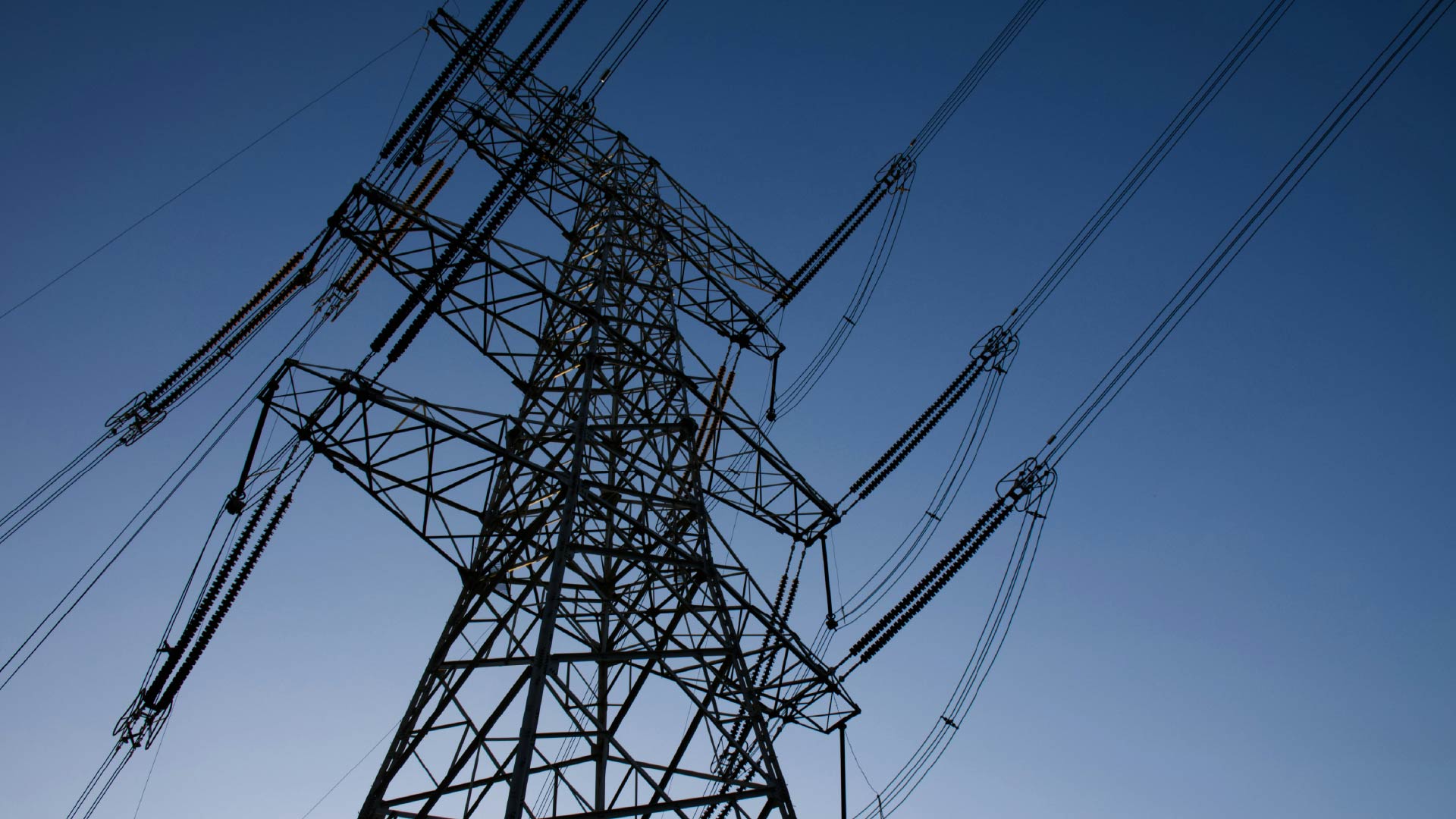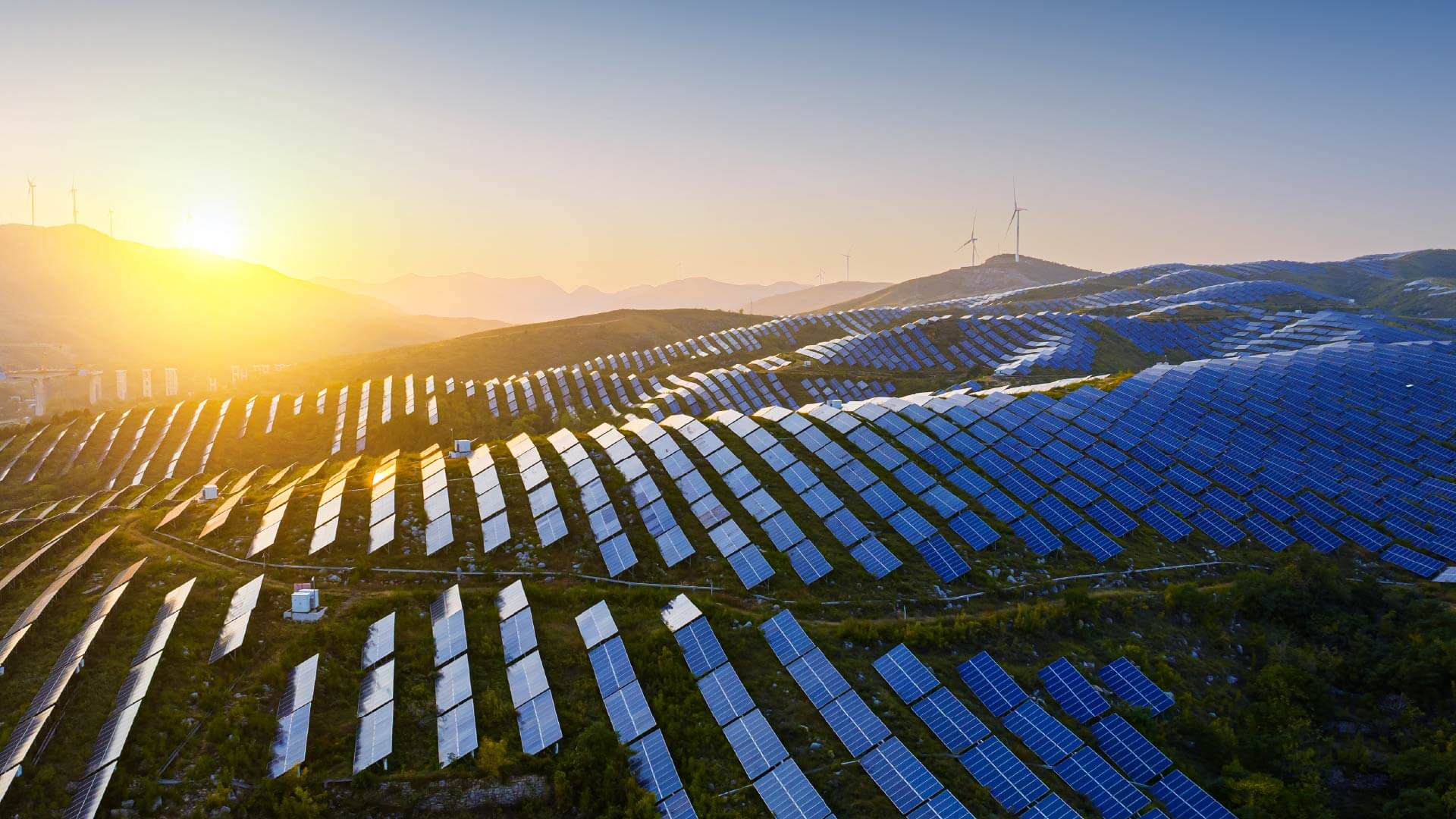UNEP Flags Climate Risks In The Oil And Gas Sector
As world temperatures climb upward and calls for a rapid low-carbon transition increase, the oil and gas sector remains vulnerable to a host of physical and transition risks. In its ‘Climate Risks in the Oil and Gas Sector’ report, the United Nations Environment Programme (UNEP) outlines key threats and a series of recommendations to mitigate these risks for banks, investors and insurers with oil and gas sector clients.
Physical risks pose a threat to 40% of the world’s global oil and gas reserves. Intensifying storms, flooding, drought and water scarcity, shifting permafrost, wildfires, sea-level rise, and overall increasing temperatures impact all stages of oil and gas operations and assets. These risks are ongoing and are expected to increase under future warming scenarios, further threatening the oil and gas supply chain.
Key transition risks include increasing carbon prices, technological disruptions and the rise of low-carbon alternatives, changes in public policy and consumer behavior, and stranding of assets and associated market risk – as well as emerging legal risks. The impact, timing and magnitude of these transition risks are more difficult to quantify than their physical counterparts but should not be ignored. The UNEP highlights findings from a Carbon Tracker report that estimate $1 trillion of oil and gas assets may become stranded due to a combination of the factors above. Analysis published in One Earth places climate reparations at $209bn per year, and suggests a framework for assigning climate-related economic damages to oil and gas firms, increasing legal risks for this sector as climate change litigation grows. Indeed, early analysis indicates share prices fall when cases are filed or lost.
Despite these current and emerging risks, oil and gas firms face competing shareholder interests, which can lead them to scale back existing net zero targets, and resistance to reporting of transition risks. While discounting these risks may result in better short-term returns, organizations will be poorly positioned to manage risks in the long term. These incompatible pressures add to the challenges financial institutions face in evaluating their oil and gas clients’ risk landscape and, subsequently, their own risks.
A risk-minded investor exercising their due diligence will check that oil and gas clients:
- Diversify their operations and shift to less carbon intensive methods.
- Prioritize reducing environmental impacts. Notable actions include stemming methane leaks, including by investing in methane leak reduction technologies.
- Bolster their assets’ resilience to climate change, by shoring up existing infrastructure and incorporating future tail risk events in their planning.
- Make additional investment in high-quality projects that enhance climate resiliency and offer co-benefits.
As the world moves towards mandatory climate disclosures, the UNEP suggests financial institutions conduct site-specific asset-level analysis on their oil and gas clients’ holdings. The potential for stranded assets should be evaluated under different scenarios. Clients’ climate resiliency plans, as well as transition plans, should be thoroughly vetted for viability. While financial organizations can play a role in helping their oil and gas clients move towards net zero, firms should adopt their own net zero transition plan as it relates to their financed emissions, protecting themselves from the uncertain timing and nature of transition risks.
Both financial firms and those in the oil and gas sector can take advantage of the Verdantix reports Strategic Focus: TCFD Reporting Reality Check and Strategic Focus: Improving Climate Resilience With Digital Solutions to ensure they are effectively confronting their climate risk exposures.About The Author

Katelyn Johnson
Senior Manager





